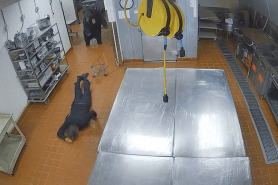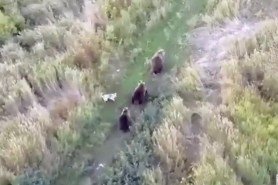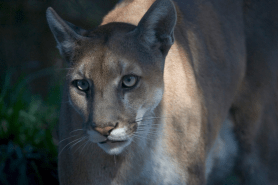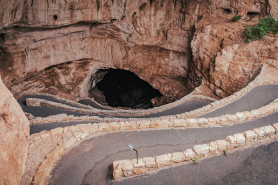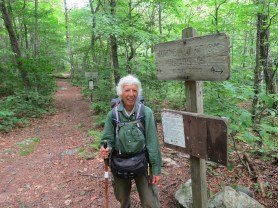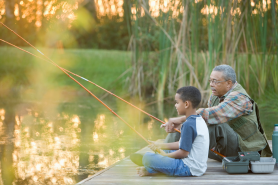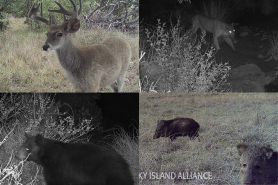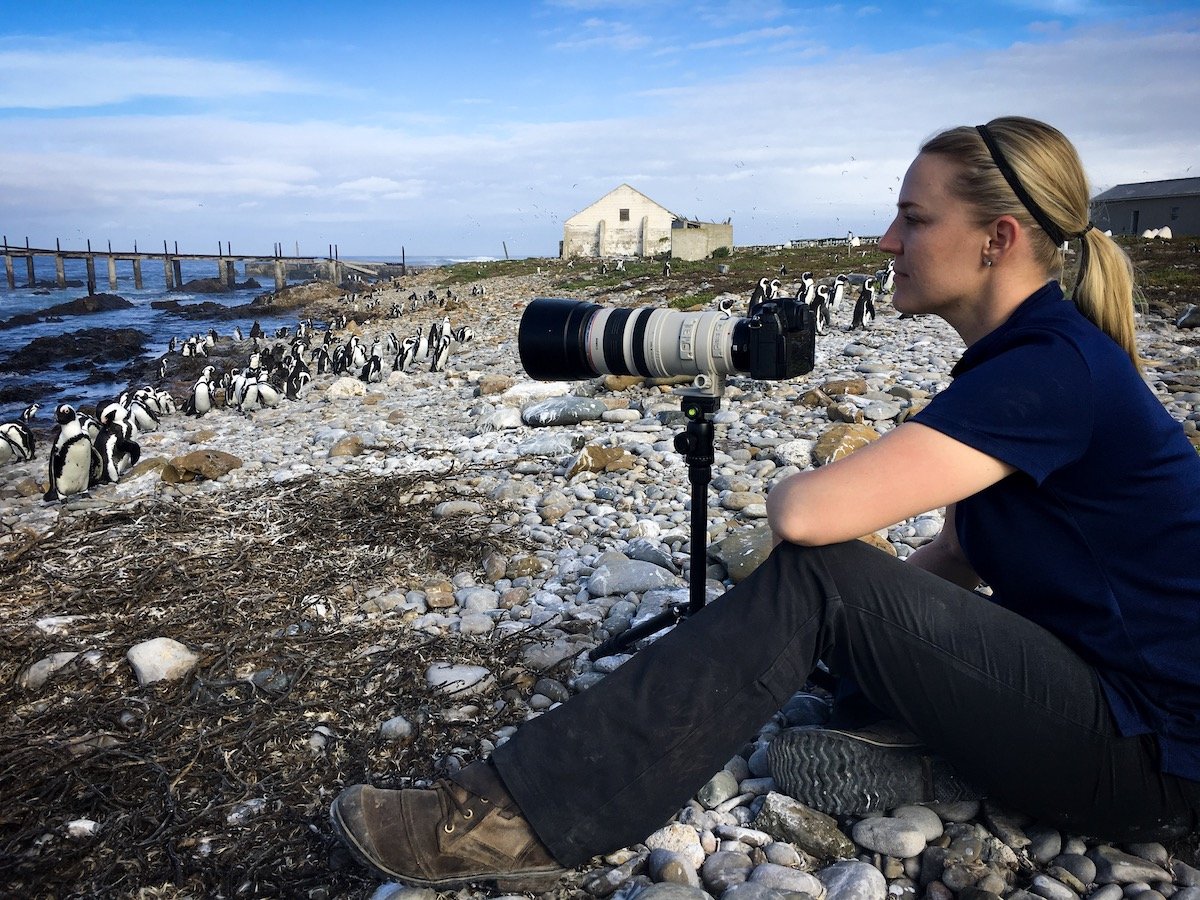

Have you ever wondered what it’d be like to work as a wildlife ambassador—or have you ever wondered what that even means? Stephanie Arne has been a wildlife and conservation ambassador for CuriosityStream and Scubapro and is a former host of Mutual of Omaha’s Wild Kingdom. She’s worked in over 20 countries and filmed stories on everything from polar bears to penguins. She’s appeared on television on Animal Planet and more, and she’s currently the conservation director at the Great Plains Zoo and Butterfly House and Aquarium in South Dakota.
Stephanie has made a career educating and inspiring people to care about wildlife and the planet. Outdoors.com asked her to share five of her favorite experiences she’s had so far in her career as a wildlife ambassador. Here’s what she said.
1. Getting smothered by baby otters and going viral by accident
It was 2015 when I slid into a pool, fully clothed, with several otter pups at Nurtured by Nature near Escondido, California. After filming a commercial promoting a new season of Wild Kingdom webisodes, I was taking a few moments to say “bye” to the otter pups when something unexpected happened—they smothered me.
Six or seven baby otters suddenly were in my arms, climbing on my head, and even peeking in my mouth looking for food (a natural behavior, but not usually done in a human mouth). The facility director and otter specialist, Wendy, captured the adorable moment on her GoPro. In fact, I didn’t even know she had a GoPro until she lifted it in front of my face just in time to capture my genuine response to this surprising experience.
Months later, Wendy found the clip on her drive and decided to share it on her personal account. When she woke up the next morning, it had over 100,000 views. Multiple celebrities, including Zoey Deschenal and Amy Phoeler shared it on their accounts, along with countless others. I was invited on multiple talk shows and podcasts to discuss the beautiful and cheerful moment.
Today, the clip has over 1.5 million views on YouTube, and I am always thrilled to hear how much has been raised for otter conservation thanks to that accidental video.
2. Living in a shack on stilts above croc-infested waters
I had never heard of the crocodiles of Banco Chinchorro, an atoll reef off the coast of Mexico, until I met underwater filmmaker, Amanda Cotton. When she said, “Steph, you can safely film crocs up close to show a side of them most do not get to see,” I was in.
Fishermen have stayed in shacks on stilts here for decades, often throwing their fish scraps into the water. Eventually, the crocodiles noticed. To this day, local fishermen and dive companies have a partnership that allows people to come meet a croc up close.
In 2017, I got my chance to go in the water with these crocodiles, and it was one of the coolest experiences of my life. I held a stick for extra protection and calmly knelt in the water, watching them eat the lionfish we prepared for them as a thank you for letting us join their space. Every once in a while, one would come close, so our team diligently watched the crocs and moved out of their way when they passed by.
Crocs, like snakes, sharks, spiders, and wolves, are all portrayed as villains. Maybe that is why I love them so much. I am drawn to the underdogs and the hard-to-love animals, because once you get past the villainization, you see a living being just trying to survive and thrive.
3. I kissed a shark, and I liked it
I once filmed a shark webisode of Wild Kingdom with world-renowned explorer and shark diver Cristina Zenato. Cristina is known for her tight relationship with Caribbean reef sharks in the area. She pulls hooks out of their jaws, which they seem to “ask” her to do for them—I know this because I have seen it with my own eyes. Cristina brings scientists, filmmakers, journalists, celebrities, and others down to swim with her “babies” to learn more about true shark behavior and how to protect them.
While I was filming with Cristina in 2017, she set up her station to offer shark cleaning (like a human cleaner wrasse) and a female Caribbean reef shark joined us. Cristina rubbed the shark’s head gently with her hand covered in chainmail. The shark relaxed and opened her mouth, allowing Cristina to look inside for hooks. There were no hooks in this shark, so while the shark was still choosing to “sit” with us, Cristina took out her regulator and kissed the top of the shark’s head. She then nodded at me to do the same. I pulled out my regulator and slowly and gently kissed the shark on the head then leaned over to look in her eyes. At that moment, she opened her eyes and she looked at me, not as prey but as another individual. When we came back up to the surface, my mask was full from my tears.
Cristina gave me a couple of small shark teeth she’d scooped up from the sand for me to keep as a memento. She hadn’t encountered this particular shark before, and she said she’d name her “Steph.”
4. Releasing endangered baby sea turtles in Borneo
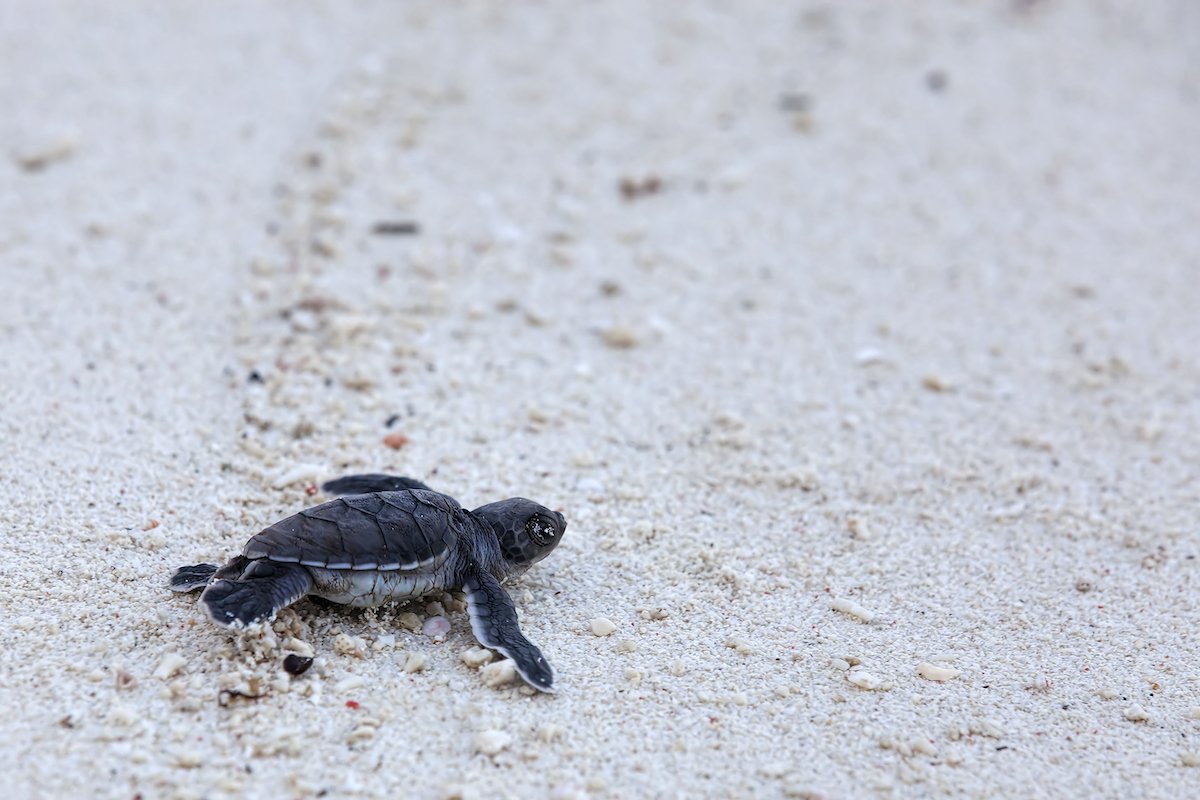
In 2011, I flew from Sydney to Borneo and took a boat to Turtle Island, just north of Borneo, to work with endangered sea turtles. Once on the island, I saw a large tent covering what looked like 200 sea turtle nests to protect the hatchlings from land and air predators. Half of the nests were in the shade and half were in the sun, because temperature actually determines the sex of the hatchlings, and conservationists want to keep the population as balanced as possible between genders.
In the evening, our small group released buckets full of hatchlings in hopes they’d made it to the ocean and grow into adulthood. I was pulled aside with a couple others and asked to help a hatchling that had become stuck.
Watching the baby sea turtle pups waddle towards the ocean in the moonlight was like watching a Pixar movie mixed with a horror film. It was an adorable moment full of hope, but we knew these turtles had a hard future ahead of them. Predators are waiting for them the moment they enter the water, and only one in 50 baby turtles will make it to age 30, which is when they reach breeding age and can contribute to growing the dwindling population.
I wouldn’t have been able to sleep that night if I hadn’t given at least a few of those hatchlings a little bit of a leg up—especially when I know their numbers are so low because of human-made challenges. If we can make choices that harm wildlife and wild places, we can surely make the choice to redeem ourselves when we have the chance.
5. Being inked by an octopus
It was a calm, high-visibility day on the Ningaloo Reef off the coast of Australia, and the water was gorgeous—perfect for snorkeling and a whale shark dive. I was a naturalist dive guide teaching about coral reefs, and things didn’t go quite as planned.
The reef in this location was a bit deeper than normal, so the spotters would dive down to find some interesting things to point out to the snorkelers staying up near the surface. One man saw what he thought looked like a sea snake, so I took a big breath and prepared to free dive to the spot—a hole in the coral, which would be a likely hiding spot for something like a sea snake.
As I got to the coral, I carefully held on to the side where the coral was dead. Turns out, it wasn’t a hole; it was a cave. It also turns out that part of what I was staring at as I was looking for the “sea snake” was in fact a very well-camouflaged octopus, which suddenly flashed a couple of warning colors and shot black dye all over my face.
In the frenzy, I couldn’t see a thing and lost track of my body’s location in the cave. I hit my head on the coral badly enough that a piece of it got lodged in my head, but I made it back up to the surface for a much-needed breath of fresh air.
While this might seem like a less-than-incredible experience, holy octopus—that ink works so well as a defense mechanism. I now know first-hand what an octopus’s predators face, and I don’t envy them.


